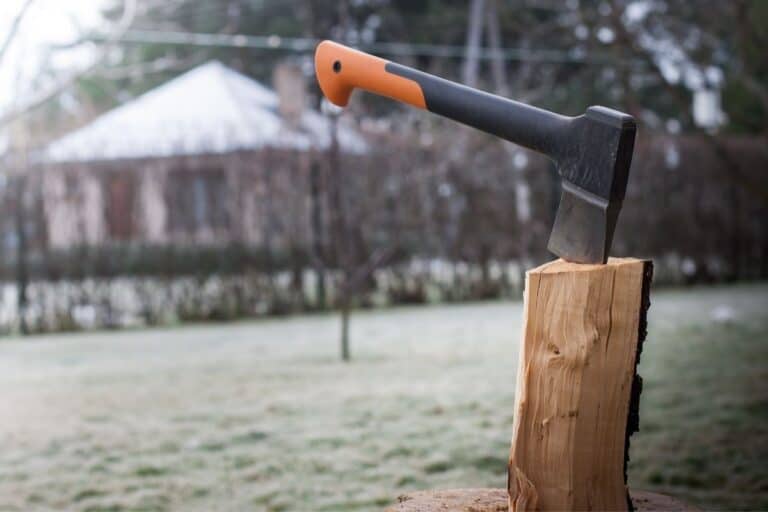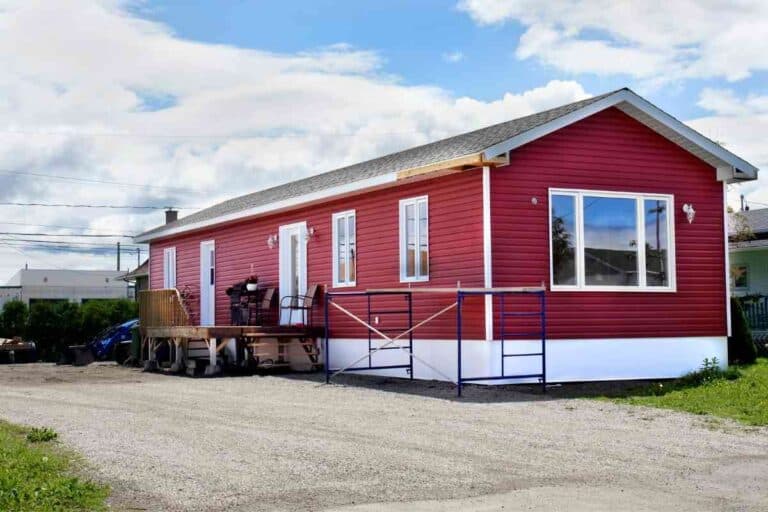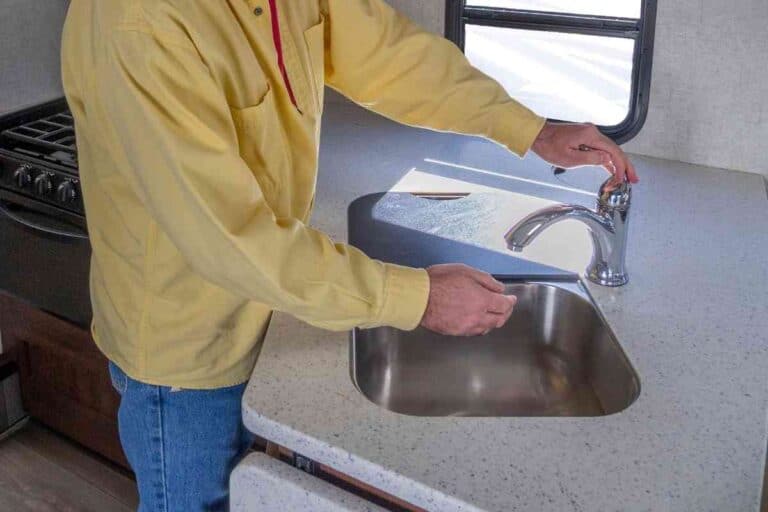Drying Firewood? Read Our Ultimate Guide And Save Time!
Dry, seasoned firewood burns efficiently, produces less smoke, and the fire is long-lasting. But how long does it take to dry firewood?
How Long Does It Take To Dry Firewood?
Firewood takes approximately six months to dry and season properly. However, the actual duration can be longer or shorter. It will depend on various factors such as the species of the firewood, size, storage, moisture content, ambient temperature, and humidity.
If you use firewood to warm your house during the cold winter months, you will need to have a good supply of dry, seasoned firewood.
The cold season can be a harsh time, and you do not want to compromise your health and that of family members and friends. Dry, seasoned firewood is easier and faster to ignite and burns for a long time.
Furthermore, dry-seasoned firewood produces less smoke. Also, there will be a lesser build-up of creosote when you burn dry, well-seasoned firewood compared to wet or freshly cut firewood.
In light of this, you may find yourself wondering whether the stack of freshly cut firewood that you’ve purchased from your supplier or the store will be ready for the cold winter months. Well, this guide comes with all the answers.
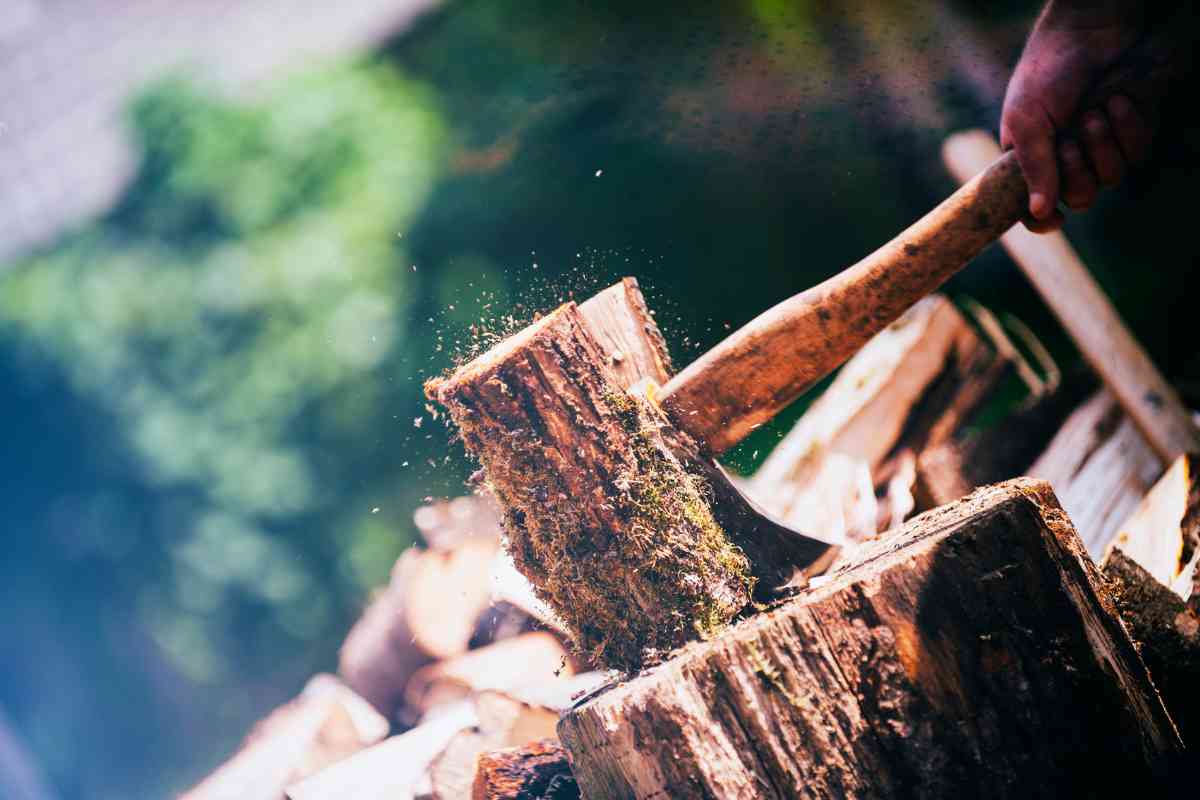
In this article, we will shed light on how long it takes to dry firewood as well as ways to determine whether your firewood is dry and well-seasoned. Also, we will give you tips for drying out your firewood faster.
By the time you are through reading the article, you will be confident about drying firewood.
How Long to Dry Firewood
Firewood takes approximately six months to dry. However, it may sometimes take three months or even twelve months. The actual time that your firewood will take to dry will depend on various factors such as:
Tree Species
One of the factors that will determine how long firewood will take to dry is the tree species it has been sourced from. As you may probably know, some tree species tend to be denser than others.
Generally speaking, hardwoods are denser than softwoods. Consequently, firewood sourced from hardwoods will take longer to dry compared to that sourced from softwoods.
However, as much as hardwoods may take longer to dry, they produce more heat and burn for longer. So, unless winter is fast approaching and you are running out of time, you should always purchase firewood sourced from hardwoods.
Moisture Content
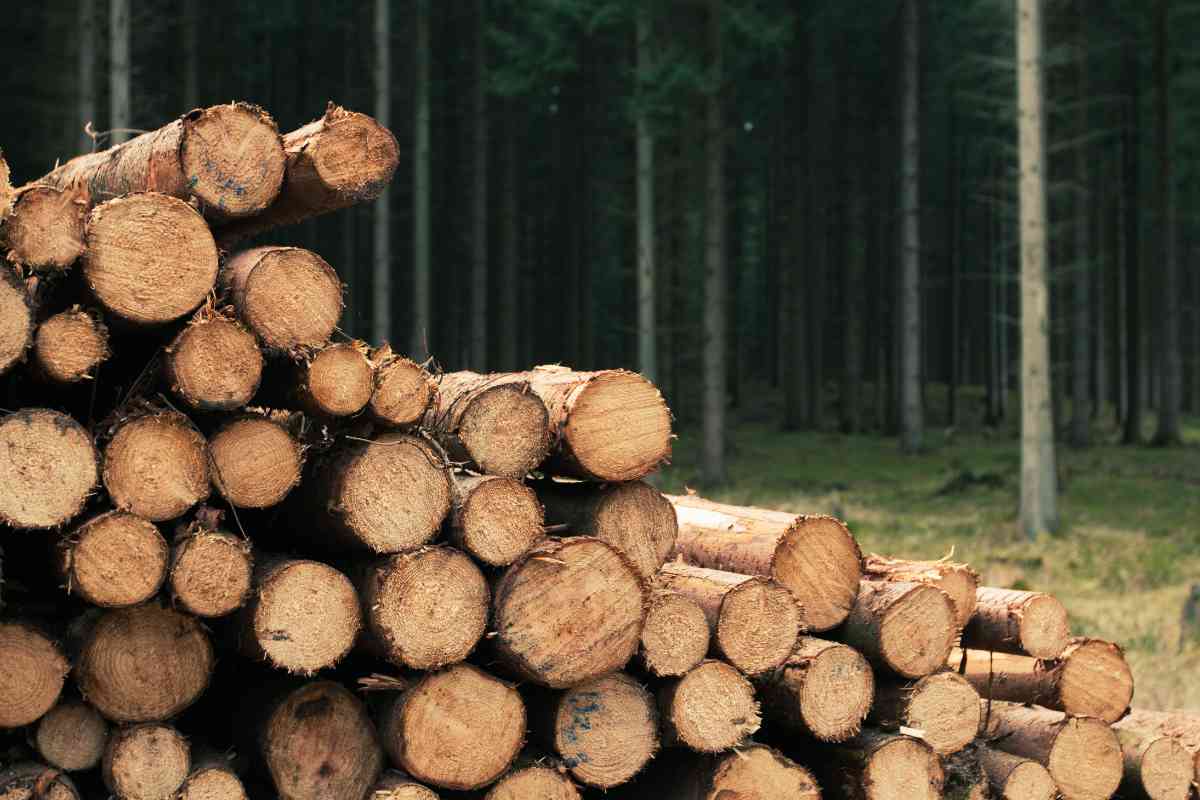
Another factor that will determine how long firewood will take is the amount of water or moisture that it contains. The higher the moisture content, the longer it will take for firewood to dry, and vice versa.
So, if you purchase a stack of freshly-cut, green firewood, you can expect it to take longer to dry completely compared to firewood from trees that were cut a couple of months ago.
Humidity
Humidity refers to the levels of water moisture or vapor in the atmosphere. At the same time, firewood has to release moisture into the air as part of the drying process.
Therefore, if there are high levels of humidity, the water present in the wood won’t evaporate as fast as it should. As a result, the firewood will take longer to dry.
On the other hand, if humidity is low, then the moisture present in the firewood will escape easily into the atmosphere. And this will speed up the drying process. This explains why firewood in humid environments takes longer to dry compared to those in low-humid areas.
Temperature
The ambient temperature in your area will also determine how long your firewood will take to dry.
As you may expect, firewood will dry faster in hot, dry areas compared to cold, wet areas.
Based on our earlier observation, wood has to lose water to dry.
And high temperatures will accelerate the rate at which firewood will lose water, resulting in shorter drying periods.
So, if you live in an area that experiences cold climates for most of the year, you will have to use artificial methods to dry your wood since it will take too long to dry if you only rely on the sun.
Size and Storage
During the wood drying process, moisture has to travel from the interior parts of the wood to the surface so that it can escape.
Therefore, the size of the firewood will also determine the drying period.
Generally, it will take longer for moisture to travel from inside a thick piece of firewood to escape compared to a thin, small piece.
And this may explain why people split large logs of wood.
Also, how and where you store your firewood will affect the drying process. For instance, if you store your firewood indoors, it may take longer to dry compared to storing it outdoors.
Tips for Drying Firewood Fast
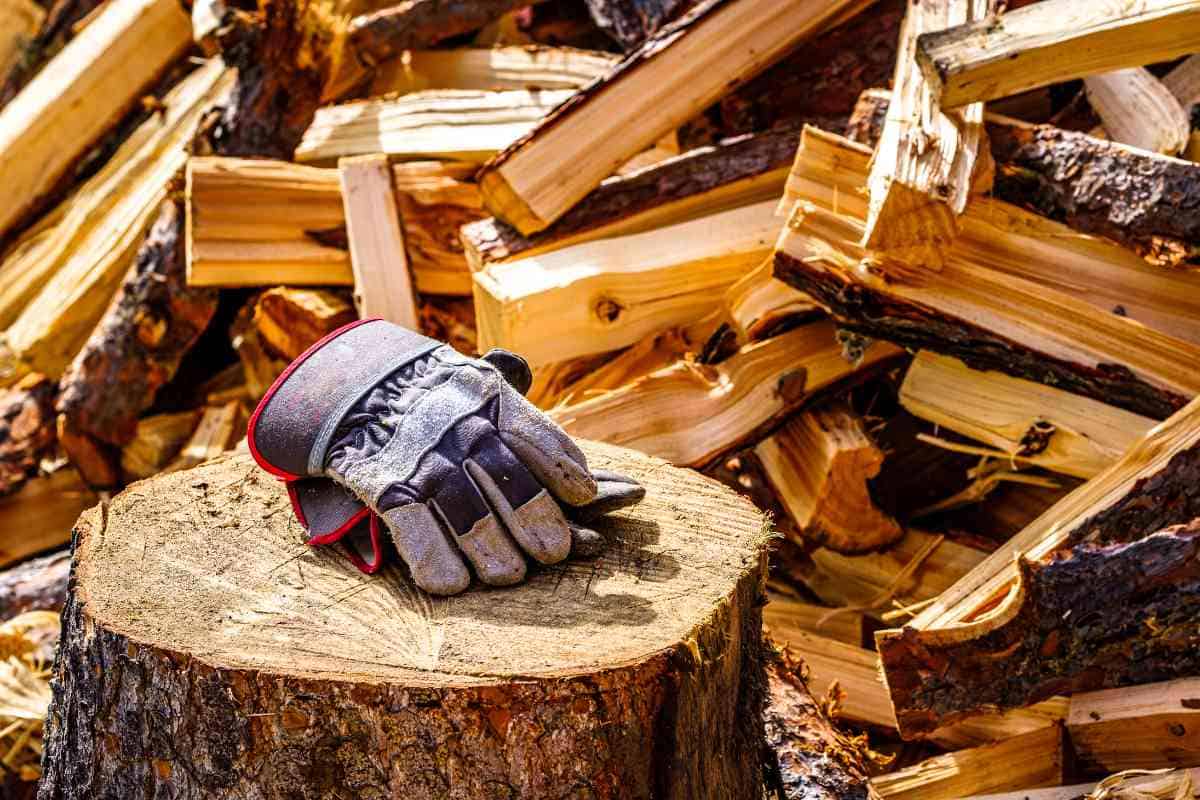
From our discussion above, it will take firewood approximately six to nine months to dry completely. Fortunately, you can take certain measures to speed up the drying and seasoning process.
Split the Wood
We mentioned earlier that thick logs or large pieces of wood would take longer to dry compared to smaller pieces.
So, if you have big logs at home and you want to speed up the drying process, you should consider splitting them into four pieces.
Splitting the wood will make it easier and faster for the moisture present in the wood to escape. As a result, the drying period will be much shorter compared to large chunks.
You can split the wood using either a log splitter or an ax.
Stack it Well
Most people make the mistake of simply throwing their firewood in a heap. However, you should avoid storing your firewood this way if you want it to dry faster.
Instead, you should stack it well.
Stacking your firewood as opposed to throwing it in a heap will promote adequate airflow around the firewood.
And this will consequently increase the rate at which your firewood dries.
When stacking your firewood, you should ensure it’s not in direct contact with the ground. If it’s in direct contact with the ground, rainwater or condensation will seep from beneath, thus slowing down the drying process.
Also, water or moisture may damage your firewood.
There’s also the risk of termites getting into your firewood and completely damaging it.
Instead, you should invest in a wood rack or another similar structure that may help to raise it off the ground.
You also need to make sure that you leave some spaces in between the pieces of wood in your stack. Doing so will allow adequate air to circulate around your firewood. And more air translates to faster drying.
Expose the Wood to Direct Sunlight
If you have purchased some green firewood and you want to speed up its drying process, then you should consider exposing it to direct sunlight.
You simply need to find an area around your home that’s getting plenty of sunlight.
From there, you then need to stack your wood using the tips we’ve shared above. And, it will be dry within a few months, in time for the cold winter season.
Use an Oven or Kiln
If winter is approaching and your firewood is not yet completely dry, you can speed up the process considerably by using an oven or kiln.
You simply need to place the firewood in the oven and set it to around 3000F.
The heat from the oven will draw out moisture from the firewood and dry it. The duration your firewood will take to dry will depend on how much moisture it contains or how dry it is.
In case you don’t have an oven or kiln, you can still heat your firewood and speed up the drying process by placing it close to your wood-burning stove or fireplace.
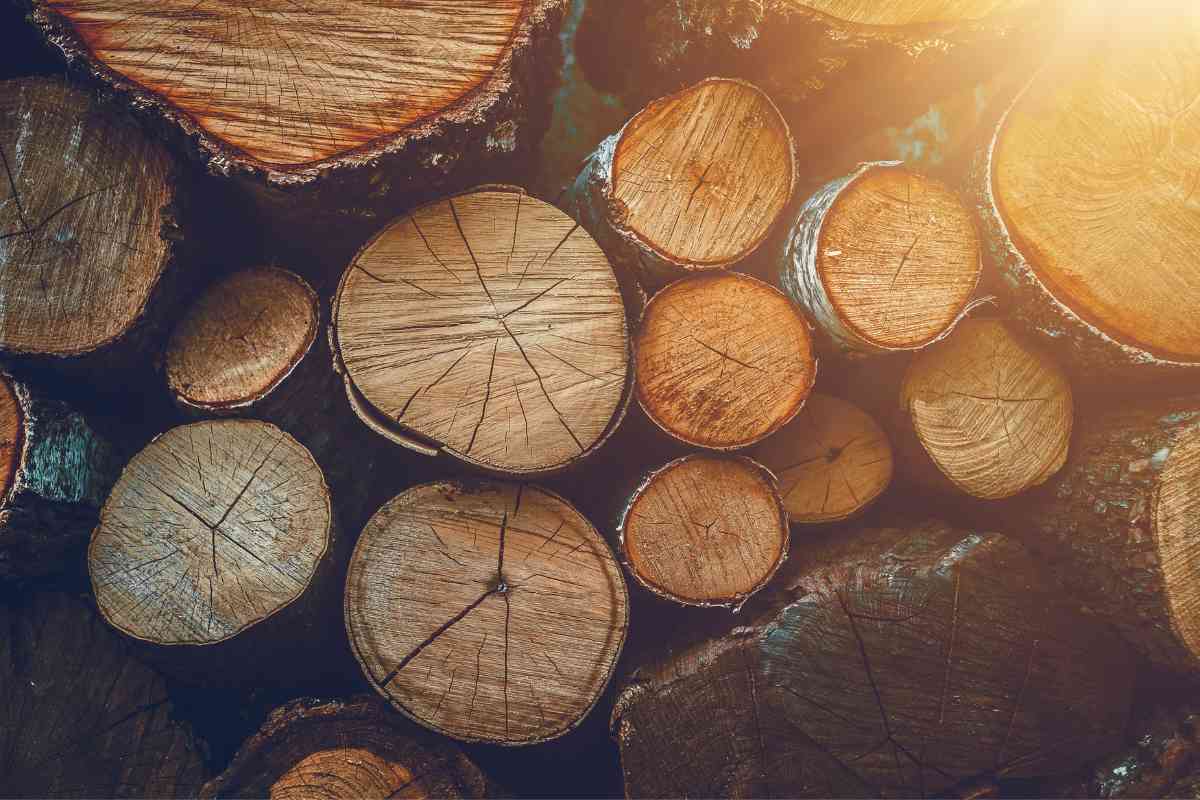
Ways to Determine Whether Your Firewood is Dry
As you can see, there are several ways of drying and seasoning your firewood faster. But, how can you tell whether your firewood is dry or not? Well, there are several ways to go about it. They include:
Visual Test
As firewood dries, it will gradually fade and darken. It will change from a bright piece of wood into a grayish, dull piece of wood. Also, as your firewood dries, its bark will start loosening and falling off.
Furthermore, as the wood dries, it will start forming cracks. For instance, if it’s dry, you may notice some cracks forming on the outer parts of the wood and at its center.
On the other hand, if it’s still intact and you can’t see any cracks, the probability of it being wet is quite high.
Smell
Another method that you can use to tell whether your firewood is ready or not is by smelling it.
You simply need to split or cut a small section from the firewood using a machete or hatchet and sniff it.
If it produces a strong, fresh aroma, then there’s a high chance that it is still wet and not ready for use. On the other hand, if it barely has any aroma, then there’s a high likelihood that your firewood is dry and ready for heating or cooking.
Weight
Green, unseasoned firewood contains water. And, as the wood dries, it will lose this water. At the same time, the wood will also become lighter as it loses water. So, if you weigh two similar pieces of wood from the same species, you will notice that the freshly cut or unseasoned wood will weigh more than the dry one since the unseasoned one contains more moisture than the dry one.
Wood Moisture Meter
A wood moisture meter provides the most accurate and reliable means of determining whether your firewood is completely dry.
You simply need to press the two prongs at the end of the device into a piece of wood and it will display the moisture content on the screen. You should split the log into two and test the center for accurate and reliable results.
Ideally, your readings should be under 20%. If the readings are above 20%, that firewood has too much moisture.
And, it’s not properly seasoned and completely dry, meaning it’s not ready to use.
Key Takeaways
- Dry, seasoned firewood burns more efficiently than wet firewood
- Firewood takes around six to 18 months to dry
- You can use various methods to speed up the wood-drying process
- There are various ways to tell whether your firewood is dry or not



